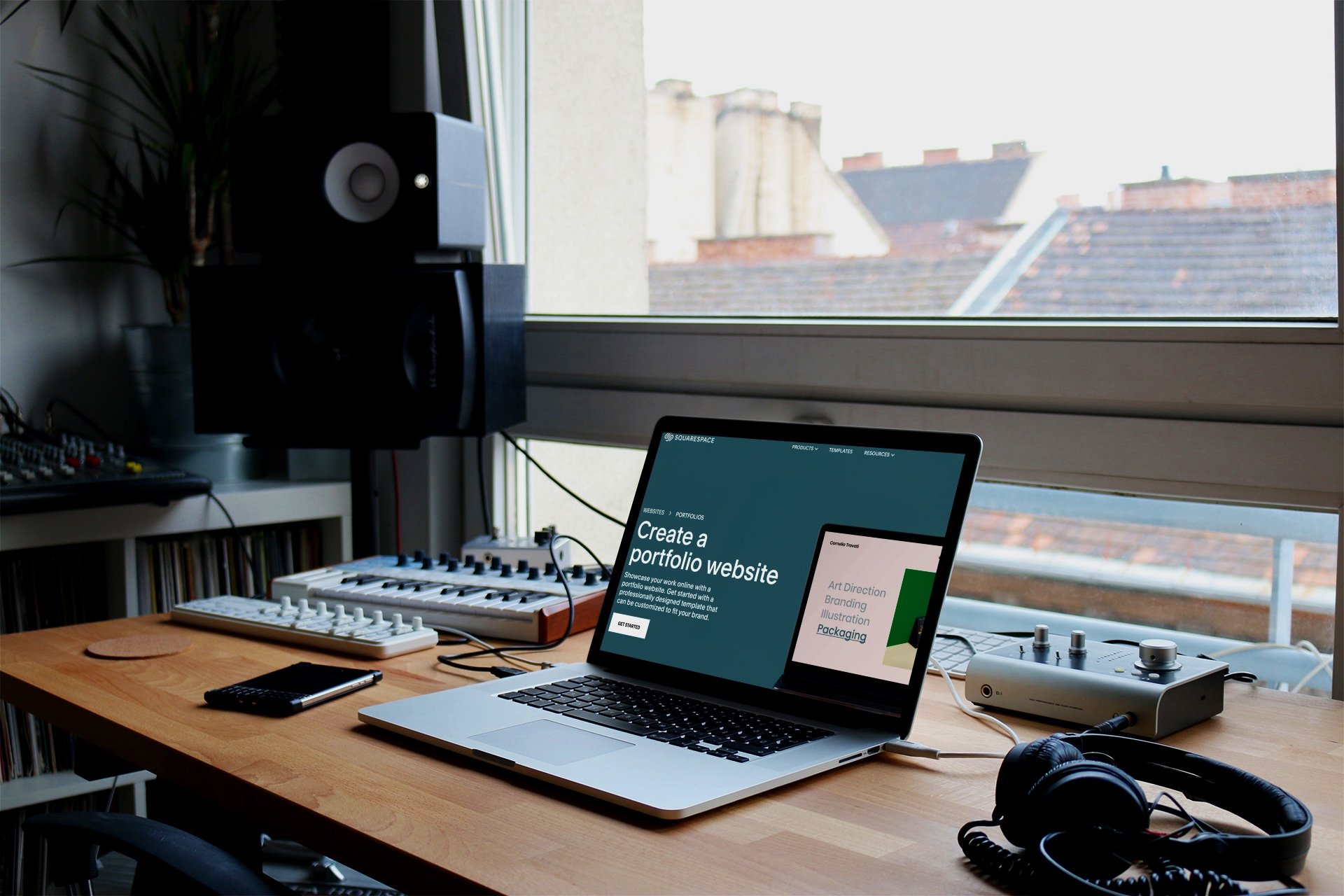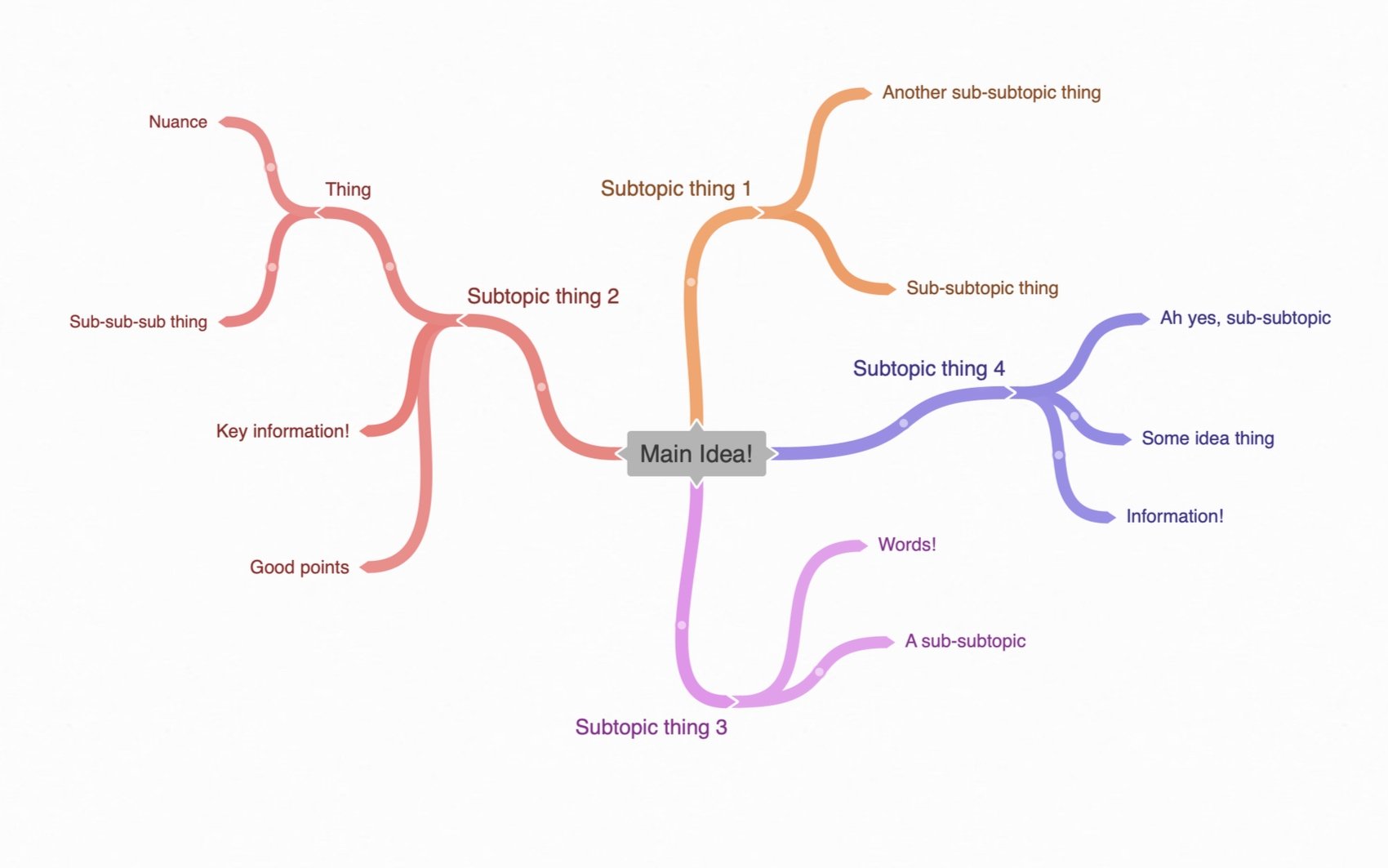Goal Setting for Musicians (my handbook)
Creating targets and musician goals is powerful stuff. I think we all know this, yet it’s often overlooked – or at least managed suboptimally (guilty as charged!) – but it’s so crucial for growth. So welcome to goal setting for musicians – your complete handbook.
You can see this post as a sort of map for finding, setting and reaching goals (with some sweet ideas for inspiration).
Quick note! Being a musician for the pure enjoyment of making music is so perfectly fine – duh.
But, if you want to take your skills to the next level while creating a marketable brand and a career out of this thing, then dialing in on your musician goals can really give you an edge.
So let’s wrap up this chit chat. Let’s start with some clarity and definitions.
Let’s get it!
Personal vs. Career Goals As A Musician
Before we jump into the nuts and bolts of this post, it’ll help to consider what personal vs. career goals are as a musician.
Perhaps this is obvious, as the meanings are quite frankly, well, right there in the names.
Still, I think it’s worth mentioning and remembering, since it can help to separate your goals into two camps – one for yourself and for your brand.
Personal goals relate to you as a musician. Your mindset and mental health, your relationship with music and your songs, your technical skills and dreams are all personal.
Career goals relate more to metrics like video engagement, song stream numbers, audience data, marketing and distribution, income streams from music, etc.
For me, it helps to separate things because they require different focus and mindset. Personal stuff for me tends to be more creative and fun – while career stuff often ends up being more entrepreneurial and data-driven.
Both are important, but clumping them together can create some friction and unwanted (metaphorical) phasing issues (← see what I did there?).
SMART Goals for Musicians: A Strategic Framework
Understanding SMART goals can serve as guardrails moving forward. It can help keep us focused and acts as a sort of template.
Or, at the very least, it narrows where to put our focus – separating any bad goals from the good ones.
So when we create goals and plan how to reach them, they should be:
Specific
Measurable
Achievable
Relevant
Time-Bound
Specific
Your goals should be specific. General targets can create more confusion and stress. So tighten things up a bit and dial it in. Use timeframes, numbers and details.
For example, I want to reach 10,000 fans on YouTube by December 2023.
Measurable
Being able to measure, assess and make data driven decisions is powerful (and a bit dry if you’re the creative type). Still, your goals should be something you can measure so you can assess your performance and make adjustments if needed.
For example, reaching that goal of 10,000 fans is easily measurable through YouTube metrics and lets us assess how certain strategies or content are doing.
Achievable
Goals should be somewhat realistic. Although I love a good audacious hail mary target, keeping things achievable is probably a better strategy (and better for our mental health also).
For example, reaching 10,000 followers over a 1+ year timeline (as I write this in Oct. 2022) is totally doable. But reaching 1,000,000 TikTok followers by the end of the month is…ehhh, questionable.
Relevant
This one is kind of obvious. But our goals should be relevant to our brand, talents, audience and vision for ourselves.
For example, I’m a musician and one of my mid- to long-term goals is to reach 10,000 monthly listeners. So a non-relevant task or micro goal would be “I want to get better at using EQ.” – because it has nothing to do with my end goal.
However, “I want to get better at using EQ because it will make my music sound better and reach more people to grow my channel.” is much better – and now relevant to my end goals.
Time-Bound
This all goes back to being specific. But adding some time-based urgency will really help us stay focused and motivated.
So set a realistic (i.e., achievable) timeframe on things – be smart about it.
How to Find + Set Goals As A Musician: 4 Quick Steps
Now that we’ve got some strategic groundwork, let’s talk about how to find and set our musician goals.
I’ve broken things down into three core steps. These I feel are the things that helped me most.
1. What’s Your Ideal Future?
Imagine a genie granted your one musician wish – what would it be?
Fame? A stable income from music? Scoring a major motion picture?
Be honest and self reflect about some seriously big goals that you want – ignore the voices in your head saying you can’t do that. This is personal and everything is possible.
Write them down, no matter how big they may seem. We’ll circle back to this list later.
But now, let’s move on to step two.
2. Smash Out A SWOT Analysis
Another acronym, I know. But this step is crucial – super helpful. It boosts self awareness as a musician.
So, SWOT analysis – what are you?
Strengths
Weaknesses
Opportunities
Threats
Here’s the main idea: critically think and list out what you’re good at (your strengths), where you need to improve (your weaknesses), the opportunities in your genre or niche and the threats to your growth.
Here’s an example:
Strengths: I’m good at making melodies, playing guitar and coming up with new content and ideas
Weaknesses: I could level up my MIDI drum-making skills, sound design choices and finishing what I start
Opportunities: I’m a pop musician who also loves to travel – being a traveling musician is an interesting opportunity and blending of interests
Threats: All of my fans are on one platform and I don’t have an email list
3. Double Down On Those Weaknesses
Once you’ve done a SWOT and identified your skills and gaps, you’ll have a more organized picture of where you stand (and where you should focus attention).
Namely, doubling down on our weaknesses is where we’ll see the most growth. These are fantastic places to make micro-goals.
Actually, separating short-term and micro-goals from larger ones is a great way to feel more progress (because, well, long-term goals take a while and can seem daunting).
So focus on meeting micro goals by improving your weaknesses. It’s a great first step for reaching longer, more audacious checkpoints.
So at this point, we should be getting a clearer idea of where to put our attention for some initial goal setting – but we can take narrow things even more.
We can go back to those bigger goals we listed from step one – and reverse engineer them.
4. Reverse Engineer Those Big Goals Into Bite-Sized Ones
Now let’s get seriously strategic. This is a method used by top leaders, scientists and innovators. It’s reverse engineering big, complex ideas into smaller, more manageable components.
It’s like taking all of the wheels and gears out of a watch to better understand how it works and the steps you take to make one.
We can do the same thing for our musician goals – break them down into smaller steps and parts. It helps to play to our strengths and recognize bottlenecks in the process of building our bigger goals (our weaknesses).
How to Reach Your Musician Goals: 3 More Quick Steps
Now that we’ve identified our music goals, it’s time to go to work.
And reaching goals can be fairly straightforward – something like, just stay focused, put in the work and be patient.
But this kind of feels generic – like dimestore advice. So let’s add some finesse to the process of reaching our goals.
1. Map Out Daily Steps to Reaching Each Micro Goal
After you’ve reverse engineered your bigger goals into the smaller component parts, we need to order them in a way that makes sense.
After all, working on marketing and distribution wouldn’t make much sense before you’ve finished your production and mixing processes.
As you get better and start reaching more and more micro goals, you’ll develop a workflow and your process will start to blend and evolve.
But for starters, list out all of the pieces, steps and processes of your reverse engineered goal(s).
Choose a logical sequence of goal setting – but keep things flexible and change if you need to.
2. Schedule A Strict Music Time for Everyday
Once you’ve organized your steps and micro goals into a sequence that makes sense, it’s time to chip away at them.
It can help to stay motivated by keeping a list of the steps and micro goals you need to achieve and check them off as you go – and watch your sheet fill up with green checkmarks.
Results and reaching goals always requires a work component. But rather than working aimlessly on things that may not be relevant or efficient, you now have a clear path forward.
It helps to schedule a time each day to focus exclusively on your musician goals – and turn that schedule into a habit.
It may take a couple months for the habit to stick, but stay focused and commit to a schedule.
3. Know When to Double Down (+ When to Pivot)
Setting musician goals and reaching them is a dynamic, evolving process. So staying flexible is essential.
We need to know when to double down and work through failures until a solution is found – and when to pivot and let our goals or process evolve.
There are pros and cons to both refusing to give up and adjusting based on data and personal preference. It’s a personal process as much as a strategic one.
Sometimes, all you need to do is take a break and step away – then come back with fresh ears and energy. If you’re still hitting walls and, more importantly, you’re not having fun, then it may be time to self reflect and pivot.
And there’s no shame in changing your goals or process. Just stick with it – serendipity is unclear until after it happens.
BONUS: Use Reference Tracks, Mimic What Other Musicians Do/Did + Create A Workflow
I love having a workflow. And I love borrowing ideas and strategies from other musicians.
After all, if you want to know the road that lies ahead, ask the person coming back.
For example, one of my medium-term goals was to improve my pop-electronic and computer music-making skills. Coming from an acoustic guitar and singer songwriter background, my first attempts felt pretty jarring.
So I started using reference tracks and mimics workflows and processes of people already doing the damn thing. To my surprise – it worked.
I got quicker and more confident and eventually, developed my own style and workflow.
Creativity is often just borrowing old ideas and piecing them together in new ways.
Once you’ve started referencing and copying what’s working for others, put together a workflow. This ties back to step two on making a schedule.
But a workflow will keep you organized, focused on the micro goal at hand and help strengthen habit formation.
Remember, we get good at what we repeatedly do. And as a wise tweet from Orange Book once said, “The difference of talent is often just a difference of how people spend their free time.”
Musician Goals: Examples + Ideas
Now on to some inspiration – get some wheels turning.
Below are a few musical goals worth considering or using as springboard. Hopefully this will get some ideas flowing for you – but of course, feel free to use these goals as is.
And let me know in the comments what your music targets are – I’d love to hear from you!
1. Reach 1,000 True Fans
1,000 isn’t totally random. I’m basically referencing a book and theory about what audience number you really need to take your music life full time.
You can read more about the idea here.
2. Better Learn Your DAW + Mixing Skills
Learning my DAW and understanding how to create music on my computer has been one of the most rewarding things I’ve done. If you’re a modern musician with big goals, I can’t recommend learning this skill enough.
Luckily, there are plenty of resources and tutorials online – so start your rabbit hole journey.
3. Learn Music Marketing
We live in amazing times as artists and musicians. We can reach the masses and create a full time career as a musician without any record labels or big money. There are no gatekeepers.
But this means we need to understand the business and marketing side of musicianship.
Again, there are a ton of tutorials and articles on this topic, but you can also check out my marketing blog ArtsicMoon where I make content exclusively for creatives.
4. Collaboration Goals
Are there any music influencers, producers or artists you’d love to work with? If so, that’s a pretty sweet goal.
Now you just need to reverse engineer that idea and chip away at it, one step and one micro goal at a time.
5. Start Making Some Money From Your Music
This one is probably universal. We all want to earn an income from our music, and to be able to do it full time, on our terms. The dream.
But it’s such a valid option nowadays with online entrepreneurship and digital money-making resources. And making money from music isn’t always limited to money made directly from the song itself, like streaming or playing shows.
Making money as a musician has evolved. We’re more like entrepreneurs running a brand and business.
Take this blog for example – I’m mainly using it as a way to write about music, art and travel while adding value and connecting with people.
But I’m also planning on eventually turning this blog into a passive income stream.
7. Play A Sold Out Show
Playing to empty rooms and feeling like you’re not in-demand can be a serious test of mental strength and determination. It’s hard.
So playing a sold out show with energetic fans, well yea, that’s an awesome goal.
8. Make An Impact With Your Music
I love this one. It’s a personal goal of mine. I want to turn music, art, travel and mini film projects into monetary value for my audience and charitable donations.
It’s one of my bigger, long-term goals, and I definitely recommend considering this idea (of creating a brand with a purpose) as a potential goal as well.
9. Release A Song Every Month
Getting into a structured song release flow is great for both you and your listeners. It’ll also force you to create more and finish more ideas.
This is also another one of my shorter-term(ish) goals. And I think it’s a pretty reasonable one.
10. Get Better At Music Theory or Playing By Ear
Improving our skills is a never ending process. We’re constantly improving and challenging ourselves. So going back to our strengths and weaknesses, what musical areas could be improved?
It’s a standard goal as an artist, but important (and sometimes overlooked, once you’ve reached a point where you’re good enough to do what you need).
Conclusion: Stay Positive + Zoom Out Every Once In A While
At the end of the day, it’s more important that we’re having fun and recognize our achievements.
So zoom out, fall in love with what you’re doing and the songs you’re making.
Enjoy the process. And appreciate your small daily steps as compound interest.
Want More? Check Out These Sweet Reads!




